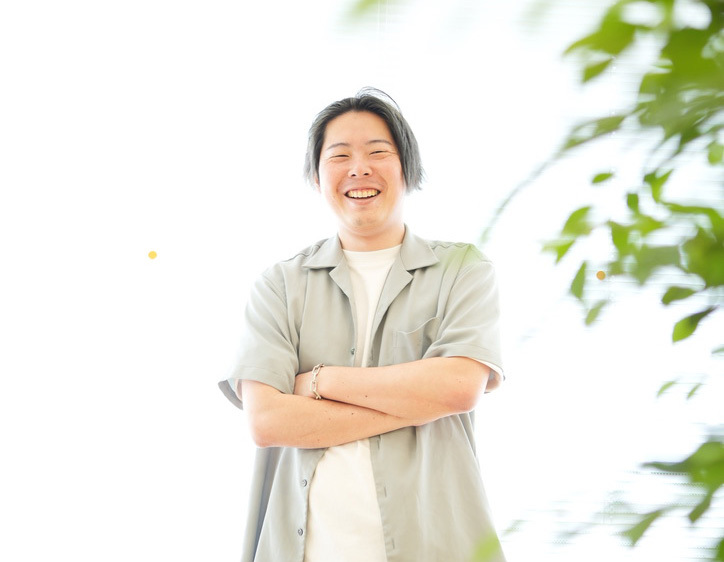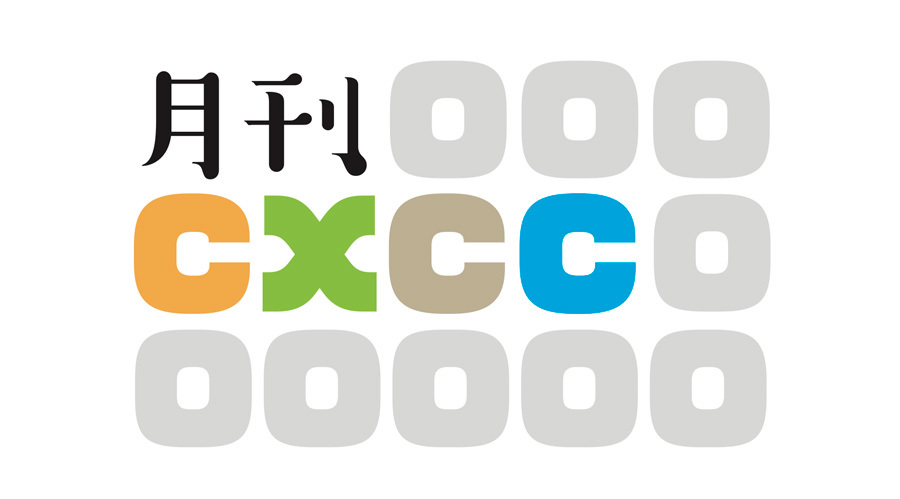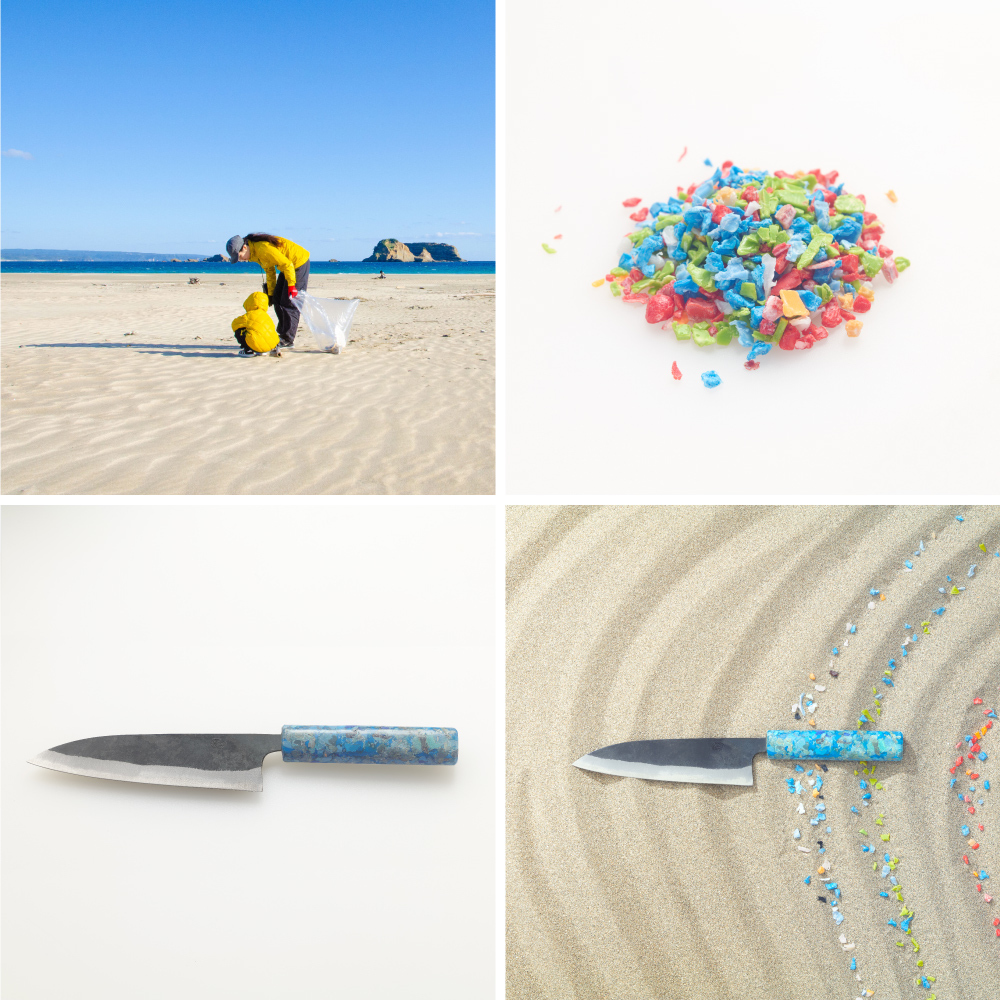How can Dentsu Inc.'s creative approach contribute to the ever-evolving field of CX (Customer Experience)? "Monthly CX" is a series where members of Dentsu Inc.'s CX specialist division, the "CXCC" (Customer Experience Creative Center), share insights ( For more on Monthly CX, click here ).
This time, we introduce a production case study of "UP Craft," a project that upcycles drifted waste into new resources and updates local traditional crafts to connect them to the future.
We spoke with Kento Tanaka, who handled overall design and product planning, about the project's origins and future outlook.

[Profile: Kento Tanaka]
Dentsu Inc.
Customer Experience Creative Center
Communication Planner / Experience Designer
Leveraging architectural thinking cultivated in graduate school, he works broadly across branding, spatial design, product, and UI/UX design with a focus on "experiences where the real and technology merge." Also exhibits works at art festivals. Enjoys food and saunas.
UP Craft: Creating New Value and Connecting Traditional Crafts to the Future
Monthly CX: First, please explain the overview of "UP Craft" and your role, Tanaka-san.

Tanaka: "UP Craft" is a project that upcycles marine debris washed ashore by ocean currents, transforming it into traditional crafts of that region. I was responsible for everything from the project's initial planning and product development to the art festival exhibition and website creation.
For the first initiative we're introducing, we're crafting the traditional Tanegashima "Hon-Tanegashima Knife." The knives we made were unveiled at the 2023 Tanegashima Space Art Festival. The entire process, from planning to exhibition, took about six months.
Monthly CX: The beauty unique to traditional crafts blends wonderfully with a modern aesthetic. Is the handle portion made from the driftwood?
Tanaka: Yes. We collected driftwood washed ashore on Tanegashima's coast, sorted it by color, pulverized it, and fused it together to form the knife handles.
Tanaka: This process creates the next-generation "Hon-Tanegashima Knife," each one unique in both color and texture. Controlling the color expression was challenging, but I'm glad it turned out as beautifully as I envisioned during the planning stage.
Monthly CX: What prompted you to launch this project?
Tanaka: Having studied architecture, I value a perspective rooted in indigenous elements, so I've always had a deep affection for traditional crafts. Recently, however, the survival of these crafts is threatened by a lack of practitioners and difficulties in sourcing resources. In this situation, I kept wondering if we could use the power of ideas to transform indigenous elements into something even more appealing.
Amidst this, Fumi Ainoura and I, both from CXCC, started planning a Creative × Commerce project, which led us to the issue of washed-up trash. Later, Kenji Oda and Ryo Araki joined the team, and we held numerous discussions as one team to develop the project idea.
Monthly CX: How did you arrive at this project idea from the issue of washed-up debris?
Tanaka: Being an island nation, Japan sees various types of trash carried by ocean currents washing up on its shores. We thought that if we could reinterpret this drifting trash as unique local resources found in different regions and upcycle it into traditional crafts, we could solve the drifting trash problem while also creating new value for traditional crafts, thereby connecting them to the future.
With the purpose of "Solving the Drift Waste Problem and Advancing Traditional Crafts," we created the brand "UP Craft." It tackles this challenge by upcycling drift waste and infusing it with the essence of the local sea, thereby enhancing the appeal and value of traditional crafts.
Monthly CX: Solving both the drifting debris problem and issues surrounding traditional crafts—it's truly a two-birds-with-one-stone initiative.

Tanaka: There's a reason we chose Tanegashima as our first location. Due to ocean currents, Tanegashima is where Pacific drifting debris first washes ashore in Japan. When we interviewed beachcombers collecting this debris, we learned it's a major local problem too.
Additionally, Tanegashima hosts Japan's largest rocket launch site, the Tanegashima Space Center, making it an island where rich nature and cutting-edge technology converge. We felt launching the "UP Craft" project there held great significance, so we proposed it to Ikenami Cutlery Manufacturing, a company producing and selling traditional crafts from Kagoshima Prefecture. The Ikenami team kindly agreed to take on the project, making its realization possible.
"The simplicity of the concept made it easy to understand" was another strength
Monthly CX: How did people react when they saw the finished knives?
Tanaka: The response was extremely positive, with many saying things like, "I'd definitely buy it if it went on sale." One person who beachcombs locally told us, "I collect trash while beachcombing, but I never imagined how it could be used. Seeing how you're utilizing washed-up debris as a resource was truly inspiring."
Monthly CX: That must be incredibly rewarding for the project planner.
Tanaka: Yes. Also, when preparing food for the opening party of the Tanegashima Space Art Festival, local chefs who used the actual knives praised them, saying, "They're very easy to use." We worked closely with the artisans, strengthening our collaboration throughout the process, so it was incredibly rewarding to see it come to fruition as a product.
Related to this, we also created a remixed soundtrack for the knife exhibition display. It blended the sounds of the sea around Tanegashima where the driftwood washed ashore with the warm, handcrafted sounds of artisans creating traditional crafts. This soundtrack was also used as part of the festival's performances.
Monthly CX: Hearing all this, I sense you built excellent relationships with the local community and stakeholders. What do you think were the reasons "UP Craft" progressed so smoothly?
Tanaka: I think one strength was that this project was simple and easy to understand. I feel that the reason so many people, including locals, cooperated was because they could grasp the project smoothly. In a way, you could say there was a CX element here.
Monthly CX: With so many people cooperating, as the overall designer, you must have felt a great sense of fulfillment, right?
Tanaka: Yes, it was. It was incredibly enjoyable to realize an idea with the power to engage people, and it also motivated me for the next project.
Creating experiences that make social issues feel real through everyday tactile sensations
Monthly CX: Could you share your future vision for "UP Craft"?
Tanaka: Starting with Tanegashima as our gateway, we plan to gradually move northward across Japan. We aim to upcycle the driftwood found in each region and assist in creating traditional crafts unique to those areas. Eventually, we also envision expanding overseas, spreading the "UP Craft" project globally. Addressing driftwood has become a significant global challenge, so we'd be thrilled if our project could contribute to solving it.
Tanaka: We plan to launch an e-commerce site soon, but beyond just buying and using products, we want to develop mechanisms that offer new experiential value. For example, creating experience packages where participants join local beachcombing projects and witness the journey of collected debris being upcycled into traditional crafts.
This way, we give back to the community while helping people feel the social issues more tangibly, which I think changes their everyday perspective. When they actually use the products, they'll recall the experience, further raising awareness about the challenges of beach debris and traditional crafts.
Monthly CX: That's a truly wonderful idea. Is there anything else you'd like to challenge yourself with in the future, Mr. Tanaka?
Tanaka: I want to continue working on the theme of "experiences where the real and technology merge." This project involved using the power of ideas to transform authentic, tactile, local materials into new traditional crafts. Moving forward, I'd like to take on projects that involve spatial design and branding for entire regions.
Personally, besides traditional crafts, I also love food and drink, so I'd like to create experiences that contribute to solving challenges in the food and beverage domain.
Monthly CX: We look forward to your future activities. Finally, what does CX Creative mean to you, Tanaka?
Tanaka: I see CX Creative as a genre where both the starting point for defining challenges and the solutions themselves are completely open-ended and anything goes. This time, we approached the large-scale social issue of marine debris starting from the tangible world of traditional crafts. I believe the true purpose of CX Creative is to create experiences using neutral methods for challenges of all scales, thereby increasing the amount of fun and happiness in the world.
Precisely because it's content experienced by people, we intend to continue obsessively focusing on the physicality of how it feels through the senses and the design of its tactile quality upon arrival, striving to create great CX.
(Editor's Note)
This time, we heard about the production case of "UP Craft," which upcycles washed-up trash into traditional crafts of the local area. It's a two-birds-with-one-stone initiative that solves the washed-up trash problem while transforming it into traditional crafts with new value and appeal. We can't take our eyes off its future developments.
If you have requests for future topics or case studies like this, please send a message to the Monthly CX Editorial Department via the contact page below. Thank you for your continued readership.

Monthly CX Editorial Department
Dentsu Inc. CXCC: Kibata, Koike, Ohtani, Okumura, Kosugi, Yi, Saito, Oda, Takakusaki, Kanasaka













